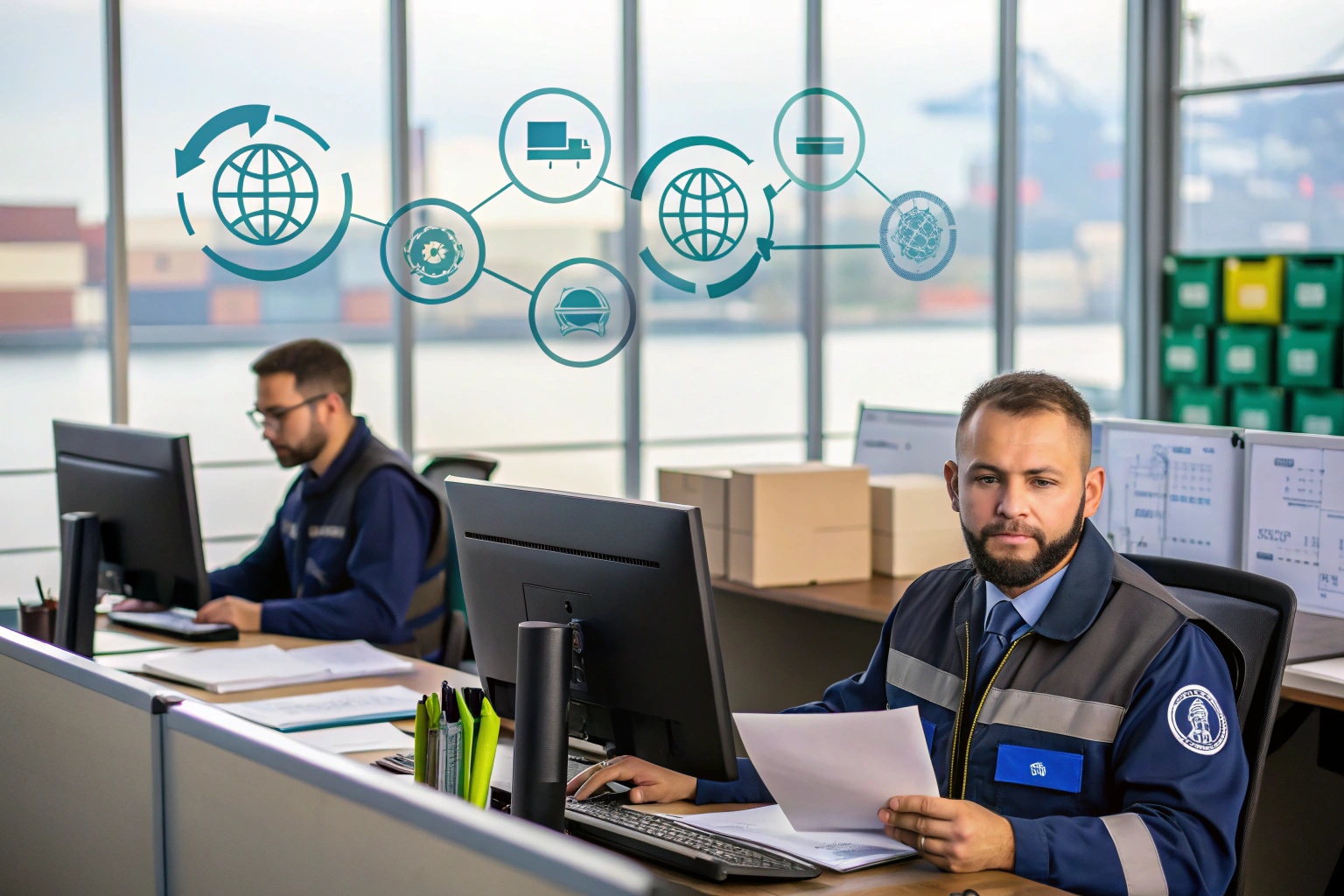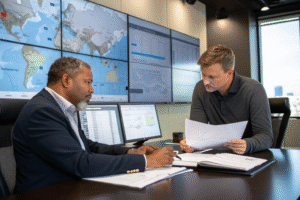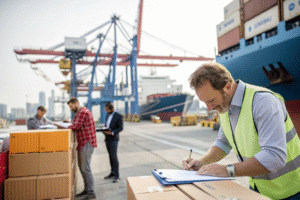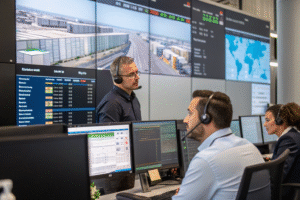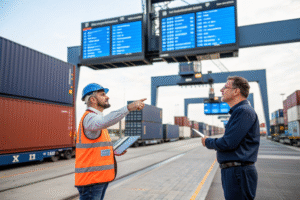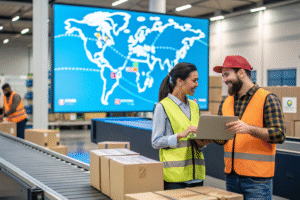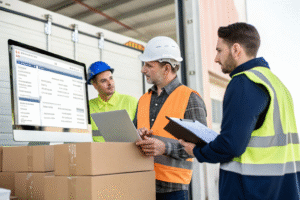Customs clearance can feel like navigating a bureaucratic maze. Every country has its own import/export rules, documentation standards, and inspection procedures. For importers like Ron shipping from China to the U.S., even a minor paperwork mistake can delay goods, trigger penalties, or result in container holds.
Freight forwarders simplify customs procedures by managing documentation, pre-clearing shipments, resolving regulatory issues, and communicating with customs officials directly. With the right experience and systems, they help goods move smoothly across borders.
In this post, I’ll explain how freight forwarders like GeeseCargo make customs processes easier, faster, and less stressful—saving time, money, and peace of mind.
What Are the Main Customs Challenges for Importers?
For most importers, customs is the most intimidating part of international shipping. It’s highly technical and constantly changing.
Freight forwarders reduce these challenges by ensuring proper preparation, timely filing, and rapid response to inspections or holds.
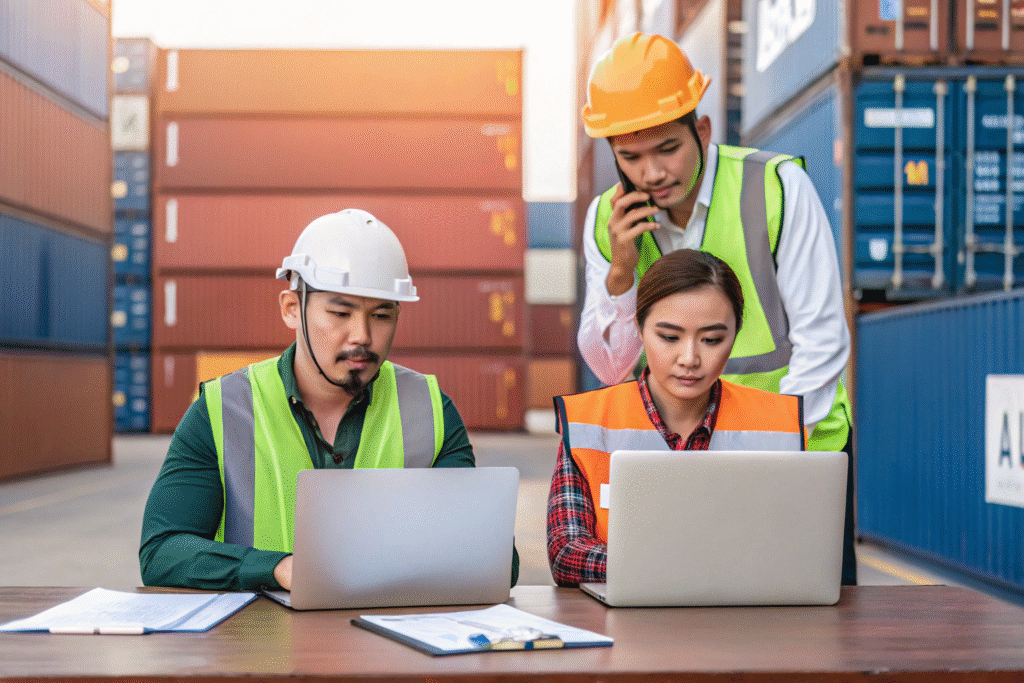
What Documents Commonly Cause Delays?
Some of the most frequently mishandled documents include:
- Commercial invoices with incorrect declared value
- Inaccurate HS codes on packing lists
- Missing Certificates of Origin (COs)
- Incorrect consignee information
These issues can lead to clearance delays, re-inspections, or Customs and Border Protection (CBP) issuing fines. At GeeseCargo, we verify all customs documents before submission using pre-departure checks.
You can also explore this CBP document guide to understand what’s needed for U.S. entry.
Why Do Customs Holds Happen?
Cargo may be held for:
- Random X-ray or physical inspection
- Compliance audits
- Agricultural or product safety checks
- Suspicion of under-declaration or mislabeling
We manage holds by providing immediate documentation and working with local brokers who communicate directly with customs agents to speed resolution.
How Do Freight Forwarders Automate and Manage Paperwork?
Paperwork is the most time-consuming part of customs—but also the most critical.
Freight forwarders streamline customs documents through automation platforms, expert verification, and direct submission to customs portals.
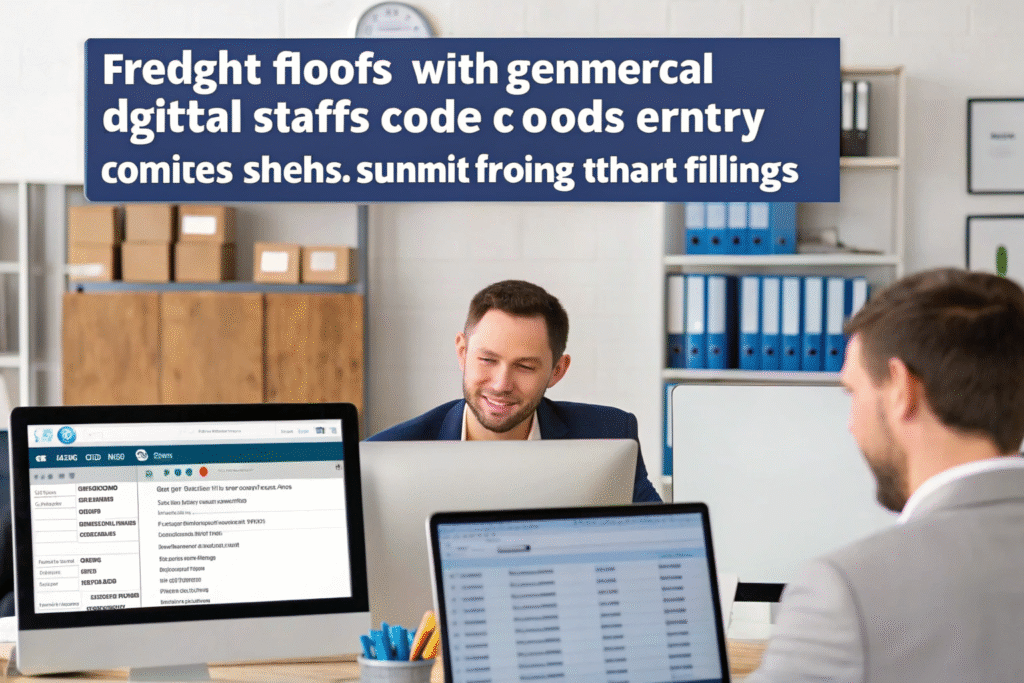
What Systems Do They Use?
We rely on:
- China International Trade Single Window for export filings
- ACE (Automated Commercial Environment) for U.S. import filings
- Integrated tools like CargoWise and Flexport’s brokerage suite
These platforms allow us to:
- Upload and cross-check documents
- Auto-classify goods based on historical HS data
- Submit entries in advance of vessel arrival
How Fast Can Customs Documents Be Prepared?
At GeeseCargo, we prepare customs packets (invoice, packing list, CO, HS codes) within 1–2 hours after receiving final cargo data. We also pre-file entries up to 5 days before the ETA for clearance upon discharge.
Our pre-clearance protocol has reduced average U.S. port dwell time by 28% for clients in apparel and accessories.
How Do Forwarders Handle Country-Specific Regulations?
Each country has its own rules—what’s acceptable in one market might be banned in another.
Experienced forwarders ensure that goods meet all destination-specific compliance requirements—from labeling to inspection certification.
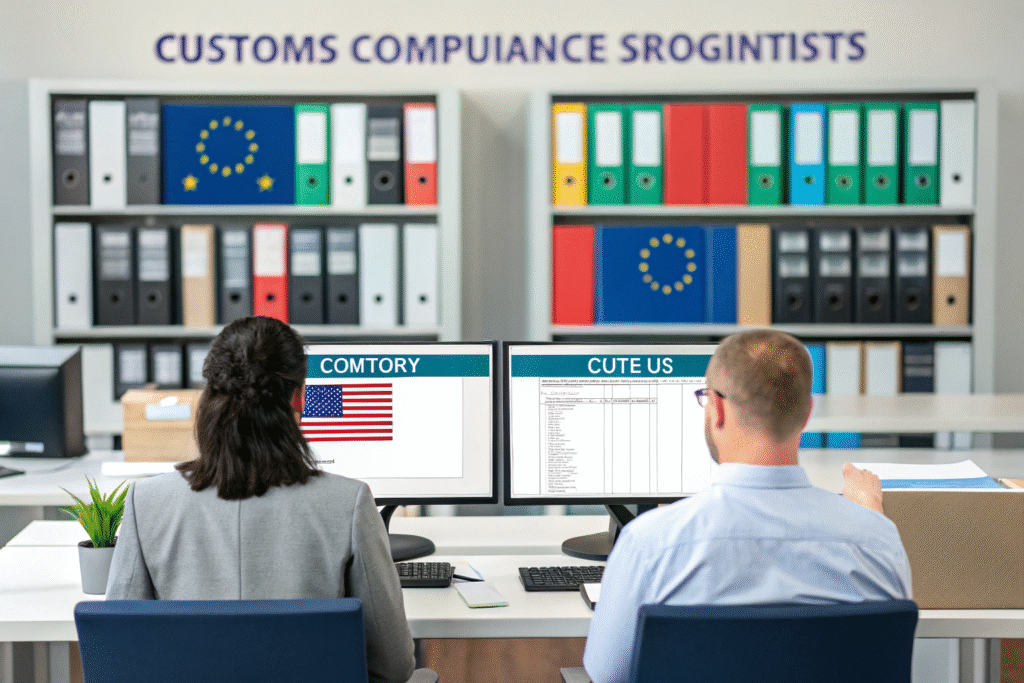
What Do They Check for U.S. Imports?
For U.S.-bound cargo, we ensure:
- ISF filing is done 24 hours before loading
- Products don’t violate FDA or CPSC restrictions
- Wood packaging complies with ISPM-15
If required, we also coordinate remote FDA inspections or testing certificates for textiles, toys, or electronics.
How Do They Handle Exports from China?
We confirm the correct export licenses are in place and ensure products are not restricted or flagged. For sensitive items like batteries or garments, we work with China's MOFCOM and CIQ to generate approval codes and certificates.
Our Shanghai and Guangzhou teams maintain contact with customs inspection agents, so we can book priority inspection slots and reduce delays.
What Happens During a Customs Inspection?
Inspections happen—even with the best preparation. The key is how fast you resolve them.
Freight forwarders assist during inspections by providing real-time communication, on-site representatives, and full documentation to expedite clearance.
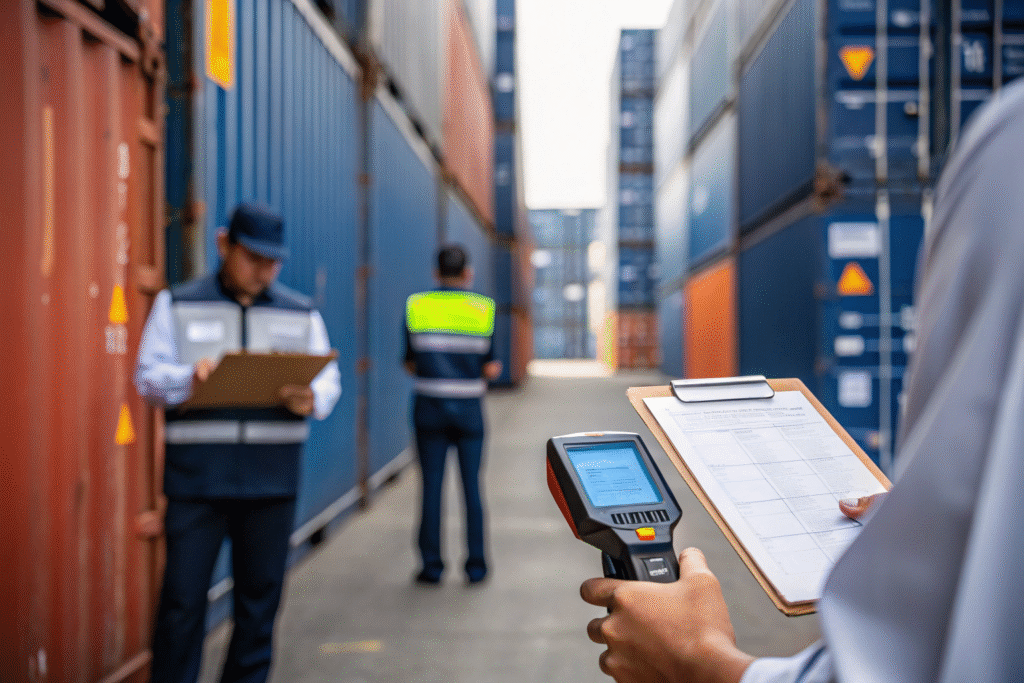
What Types of Inspections Occur?
Inspections may include:
- X-ray scanning
- Container unpacking
- Lab testing (e.g. textiles or food items)
- Security and packaging integrity checks
At GeeseCargo, we attend inspections on-site (via our port agents) and submit missing documents immediately. We also verify container seals and repack cargo if needed.
Learn more about customs exam types and how they affect delivery time.
How Long Do Inspections Delay Delivery?
X-rays take 1–2 days, but full exams can add 4–7 days. Our average resolution time is 48 hours due to pre-aligned documentation and port staff presence.
If a container is delayed longer, we file demurrage extension requests to minimize cost for our clients.
Conclusion
Customs doesn’t have to be complicated. With the right freight forwarder, navigating international regulations becomes a streamlined, automated process backed by expertise and global partnerships. At GeeseCargo, we help clients clear customs fast, avoid delays, and stay compliant—whether shipping to the U.S., EU, or other key markets. From documentation and digital filing to inspection resolution and post-entry corrections, we take care of the details so you can focus on your business—not bureaucracy.
